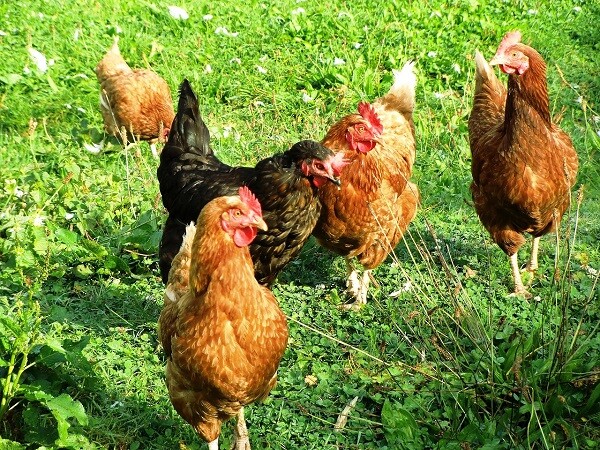

Poultry farming has rapidly grown in the country and across the world, with thousands of people keeping birds for commercial purposes. However, as the venture grows, consumer tastes are changing, with many now going for indigenous chicken reared on free-range. The birds kept under free-range are mainly fed on natural vegetation, grains (mixture of sorghum, sunflower seeds, crushed maize and millet), and kitchen leftover.
Therefore, the argument is that such birds have less antibiotic residues. It is, therefore, important that farmers know, in particular, some plants that can be used to treat chicken diseases. These are pepper, aloe vera, sisal leaves, neem, papaya (pawpaw), cinnamon, garlic (allicin), thyme and Oregon.
Parasites
They can be grouped into endoparasites (internal) and ectoparasites (external) such as tampans, lice, mites, fleas, ticks and worms. Ectoparasites are associated with scratching and scales on the legs while endoparasites are associated with worms in dropping, redness of the stool, greenish diarrhoea and mouth discharge.
Ectoparasites are more controlled using carbaryl (sevin), ectomin and cooking oil, paraffin oil, engine oil. The oils are applied on the parasites to suffocate them. Organically, farmers use the following herbs in the control of internal parasites.
Worms are controlled using aloe vera, sorghum powder and pepper. Tobacco (Nicotiana tabacum), Solanaceae (night shade), and Erythrina abyssinica (a multi-purpose tree) extracts are commonly used by local farmers in control of helminthiasis (worm infection).
The above extracts in a salt solution control gape worm which causes pneumonia, gasping and suffocation in chicks. “However, herbs have not been proved to completely clear all the parasite in the flock but have the ability to control.
Pathogenic micro-organisms
These are micro-organisms that predispose the birds to diseases. Micro-organisms of importance in poultry farming include Salmonella typhi, Staphylococcus aureus and Escherichia coli. Aloe spp neem (Azandrachta indica) is the common herb used in the control of the above micro-organisms.
Newcastle disease
It is a viral disease which spreads rapidly in the flock. It is spread through body contact, contact of infected birds with drinkers, feeders, feeds and water. This disease affects the respiratory, nervous (convulsion, tremor and paralysis) and digestive systems of the birds.
The disease is characterised by wing dropping, sneezing, reduced appetite, difficulty in breathing, nasal and eye discharge, greenish diarrhoea, dirty feathers, body weakness and production of thin shelled eggs in hens. It is more prevalent during the rainy season.
Organic control
Use of concoctions of capsicum annum fruits, Amaranthus hybridicus var cruentus (fruits and flowers) and Aloe secundiflora leaves. The mixture is crushed, soaked in water for six hours and given as drinking water or given two table spoonful twice a day. Sometimes Capsicum annum (pili pili) is mixed with wood ash and water.
Another herb for Newcastle disease control includes neem. To control the disease in nine birds, a concoction of a litre of water, a leaf of Aloe vera, and eight seeds of red pepper can be used for three days.
Coccidiosis
It’s a protozoan disease transmitted to birds through water contamination, feeds and droppings. It is characterised by bloody diarrhoea, drooping wings, loss of appetite and weight loss. Organically, farmers have controlled coccidiosis using Amaranthus, spinach, vernonia amygdalina, some essential oils, garlic, Lagenaria vulgaris fruits, Cassia spp and Aloe vera. The other deadly diseases include Salmonellosis and fowl pox.
 Contact Jaguza Support
Contact Jaguza Support